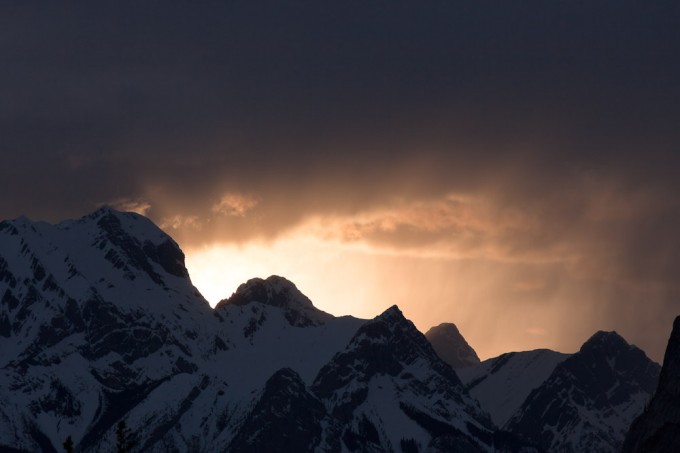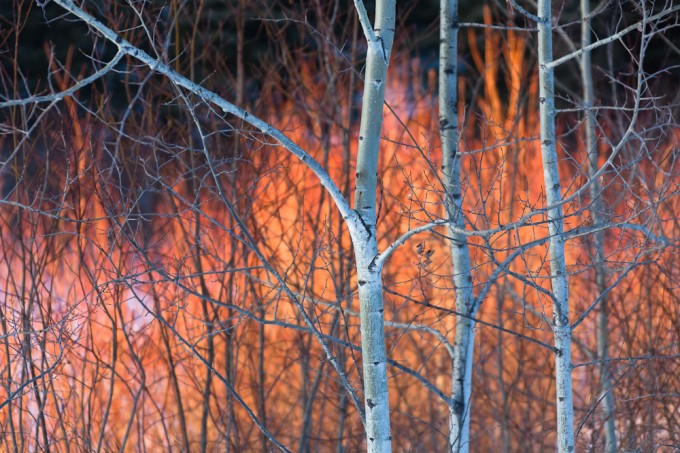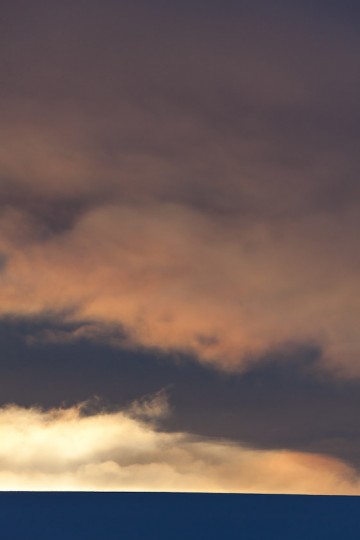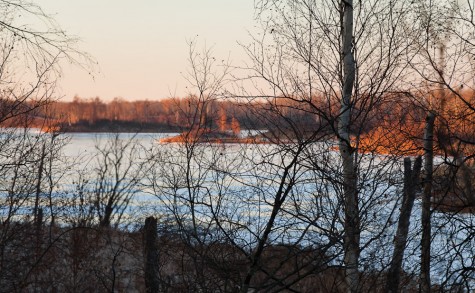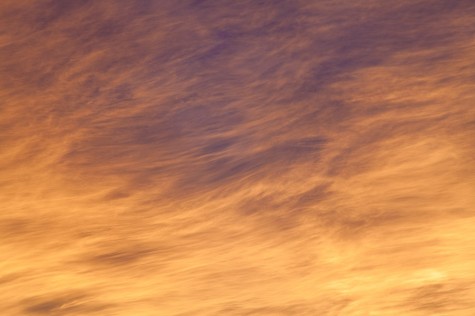If you’ve signed up for my newsletter you’ll recognize these past few images that I’ve shared—this one is from a trip to Jasper National Park that I took this spring. I was lucky enough to drive into the mountains just as the sun dipped below the clouds for a few minutes before sinking behind the mountain peaks. I don’t recall my camera settings for this particular image, but I was definitely thinking of the golden rule for landscape photography—“f/8 and be there”.
|
||
|
Another sunset photograph taken while doing owl surveys, this one was taken on a clear evening which made for less interesting skies as the previous night but allowed for more predictably progressing, steady light on the ground. This time of year, my eyes ache for colour after the long winter and the red-osier dogwood shrubs are often the first real glimpses of spring colour as they flush red in the very early spring—even before the snow has melted. In this image, I like how the intense red of the willows in the last, warm rays of sunlight contrast with the cool blues of the aspen saplings that are already in the evening’s shadow. 
I’ve been out conducting nocturnal owl surveys in south-central Alberta for the past few weeks, which has given me the chance to take some great sunset photographs, and to try out photographing at night—lots of fun (but lots to learn too!) This photo came after a whole day of cloud that finally broke at just the right time to allow the setting sun to peek through. If they cooperate, a sky full of clouds sure makes for more interesting photography than a “perfectly” clear sky. 
Last week I took my camera (and my daughter) out to the Cooking Lake-Blackfoot Natural Area, about 30 min east of Edmonton, for an afternoon walk while the weather was still relatively mild. There has been just a dusting of snow so far this year, so the ice on the lake was bare and exposed to the quickly cooling air. As the sun moved lower in the sky and the temperature dropped the ice began to make terrific heaving, groaning and booming sounds. The frequency increased until there was nearly constant, resounding, echoing sound coming from the ice. Everything else was perfectly still, and the singing of the ice was the perfect background music while I took this quick photograph–just as the last sunlight made the bare aspen on the far shore glow a warm orange-red, in contrast to the cool blue of the shadowed lake ice in the foreground. 
This afternoon I went out for a walk at the Cooking Lake-Blackfoot Provincial Recreation Area. I spent several hours happily walking the Lost Lake/Islet Lake trails in unseasonably warm weather, but with a flat, grey layer of drab altostratus cloud overhead. That is to say, there weren’t many good photographic opportunities. As I was driving home, however, the sun snuck through a gap in the cloud just above the horizon–with stunning effect. I had to pull over to watch the–all too brief–colours spread across nearly the whole sky, and of course, take some photographs. I find this type of sky can be very hard to get a good exposure, where it’s not too dark but the highlights (especially the yellows) aren’t blown out or over-saturated, leaving detail-less areas within the wispy strands of cloud. I think this one turned out quite well, and I really like how the pattern of the cloud could be easily mistaken for fire, which is just what the sky looked like for a few minutes–aflame. I hope you enjoy it too. 
|
||
|
Copyright © 2009-2025 Jonathan Martin-DeMoor |
||

